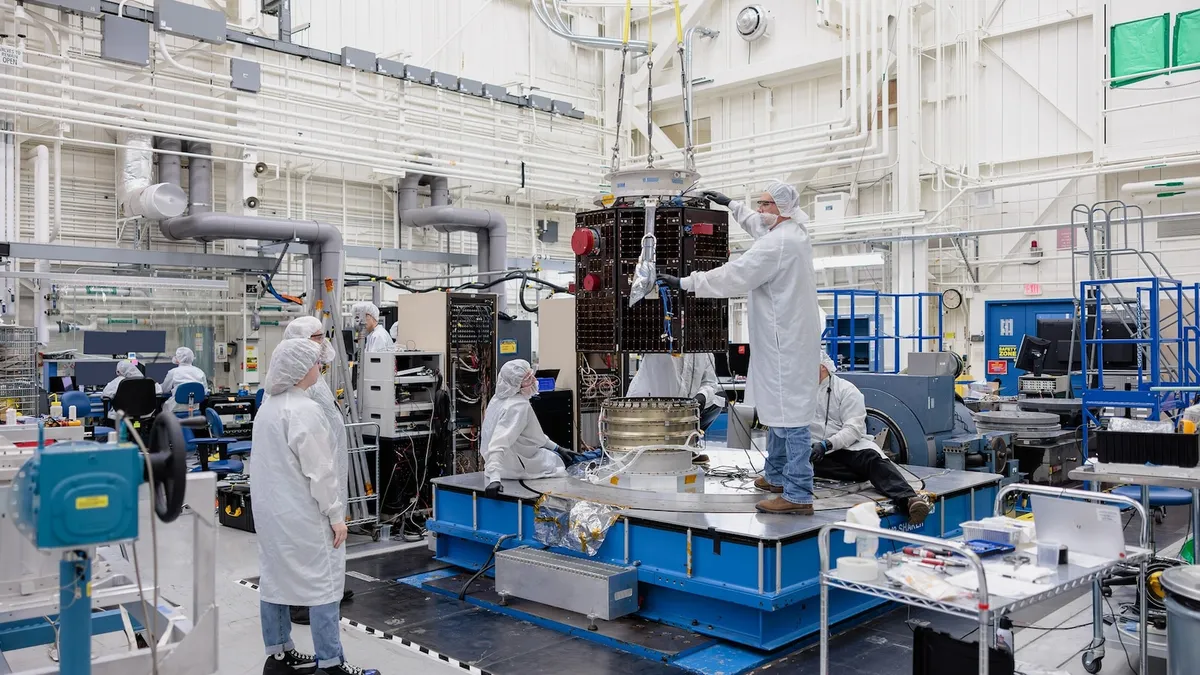
The northern lights, also known as auroras, have mesmerized stargazers for generations. This stunning celestial phenomenon is caused by charged particles emitted from the Sun's atmosphere. However, these same particles can pose significant threats to Earth, damaging and even destroying our electrical and communications systems.
The Earth's magnetosphere serves as a protective shield, guarding our planet against the relentless bombardment of solar particles, commonly referred to as solar wind. This magnetic barrier effectively prevents harmful particles from interfering with our technological infrastructure. Yet, there are vulnerabilities in this shield, particularly at the North and South Poles, known as polar cusps. These areas act as funnels, allowing solar winds to penetrate our atmosphere.
When solar particles enter these polar cusps, the magnetic fields of the Earth and the Sun can interact, resulting in a phenomenon called magnetic reconnection. This process can unleash a powerful explosion of energy, sometimes equivalent to the total energy consumption of the United States in a single day. While these events can give rise to the breathtaking auroras, they can also lead to severe consequences, such as satellite malfunctions and electrical grid failures.
Recently, the Sun has been particularly active as it approaches the peak of its 11-year solar cycle. To enhance our understanding of magnetic reconnection and its implications for Earth, NASA is launching a pair of research satellites on Tuesday at 2:13 p.m. ET. This mission, part of a ride-share program aboard a SpaceX Falcon 9 rocket from Vandenberg Space Force Base in California, is known as the TRACERS mission—short for Tandem Reconnection and Cusp Electrodynamics Reconnaissance Satellites.
The TRACERS mission consists of two satellites flying in close formation at low Earth orbit, traveling at speeds surpassing 16,000 miles per hour. One satellite will trail the other by only 10 to 120 seconds, enabling researchers to monitor changes in space weather activity in near real-time. According to David Miles, a professor at the University of Iowa and the principal investigator for TRACERS, this innovative approach allows scientists to observe whether phenomena are accelerating, decelerating, or changing in their behavior.
Each satellite is equipped with a range of instruments designed to measure how the Sun's hot, ionized gas affects the magnetosphere. The insights gained from the TRACERS mission are crucial for understanding and eventually predicting how energy from the Sun impacts Earth and its assets in space and on the ground. This includes critical systems such as GPS, communication signals, power grids, and the safety of astronauts in space. Joe Westlake, NASA's director of Heliophysics, emphasizes that the mission aims to protect our way of life on Earth while facilitating safe space exploration.
The TRACERS mission comes at a time of increasing concern about the risks posed by space weather. Solar storms have historically led to power outages, satellite destruction, and disruptions in GPS navigation systems. Understanding the Sun and the space weather it generates is more vital for humanity than many might realize. As Westlake points out, every individual on Earth, along with nearly all systems related to space exploration and human necessities, is affected by space weather.
This mission, part of NASA's Small Explorers program, is expected to last for one year, although there is potential for extended operational time beyond the initial 12 months. The findings from the TRACERS mission will be instrumental in advancing our understanding of solar activity and its implications for life on Earth and beyond.